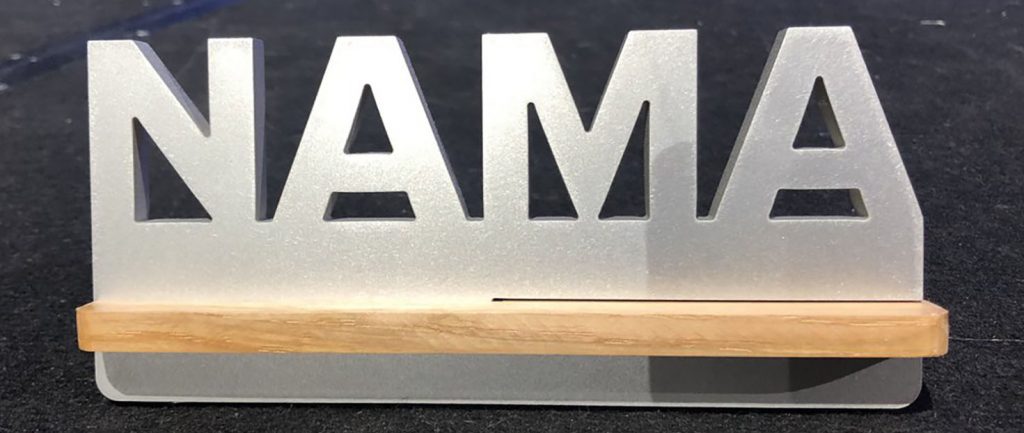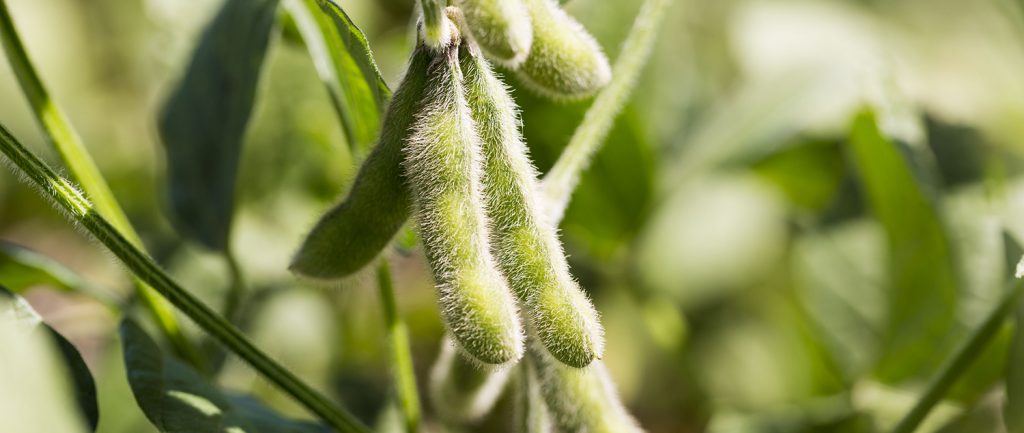The snow is melting, and planting season is upon us. It will be a hectic time, but if the good lord willing and the creek don’t rise, we will start planting soybeans in the first two weeks of May. The current Minnesota label for dicamba products approved for dicamba tolerant soybeans allows application until June 20. This does not allow a lot of time for growers to use the product. Which brings up a discussion I had with multiple farmers over the winter. When should we apply dicamba to dicamba tolerant soybeans?
The answer is actually simple – when it brings you the biggest bang for the buck with the least risk for damage to someone else.
But interpreting that advice gets to be debatable. What do we know about dicamba and soybeans? We have been using dicamba, in multiple formulations, in a burn down program, usually about 2 weeks pre-plant for a very long time. With the dicamba tolerant soybeans, that two-week pre-plant window can be considerably reduced and not affect the soybeans planted into that field.
We know dicamba has pre-emergence activity window of about 2 weeks. We also know, from 40 years of research and experience, a single application of dicamba on greater than four-inch tall waterhemp or ragweed is not particularly effective. Research has also shown dicamba, applied alone, works best on less than four inch tall broadleaf weeds. If waterhemp is greater than six inches tall, a single application of dicamba is very ineffective and continued use of this practice would rapidly lead to dicamba resistant waterhemp: Something we do not need.
Recent research from other states demonstrates ultralow volatility dicamba does not equal no volatility dicamba. As dicamba produces visible dicamba damage to non-dicamba soybeans at extremely low rates, one should consider what conditions promote volatility loss.
Two factors not frequently covered jump to the top of the list: ambient temperature and green cover. Several research studies indicate dicamba volatility loss dramatically increases as temperature increases above 85oF. Multiple research studies have demonstrated that dicamba volatility loss is much greater from green leaves (aka crop canopy) compared to that from soil surface. Dicamba not entering the plant effectively lowers the rate of herbicide applied to the weeds, and increases risk to neighboring fields.
Why would you want to pay for that?
What does all this mean to you?
It means dicamba will be best used early (May and early June) not close to canopy closure. Smaller weeds (less than 4 inches tall) are more effectively controlled, there is sufficient time for a sequential application of dicamba (if needed), volatility loss is reduced due to a reduced canopy and the probability of an unexpected high temperature occurrence (greater than 85oF) is lower. Advantage is lost if these dicamba products are applied later in the season.
Like any new technology, the price of these products will be “value-oriented,” which is another way of saying, not cheap. At $10/bu for soybeans, you will need to maximize your return on investment.
David Kee is the director of research at Minnesota Soybean and can be reached at david@mnsoybean.com or 507-388-1635.







